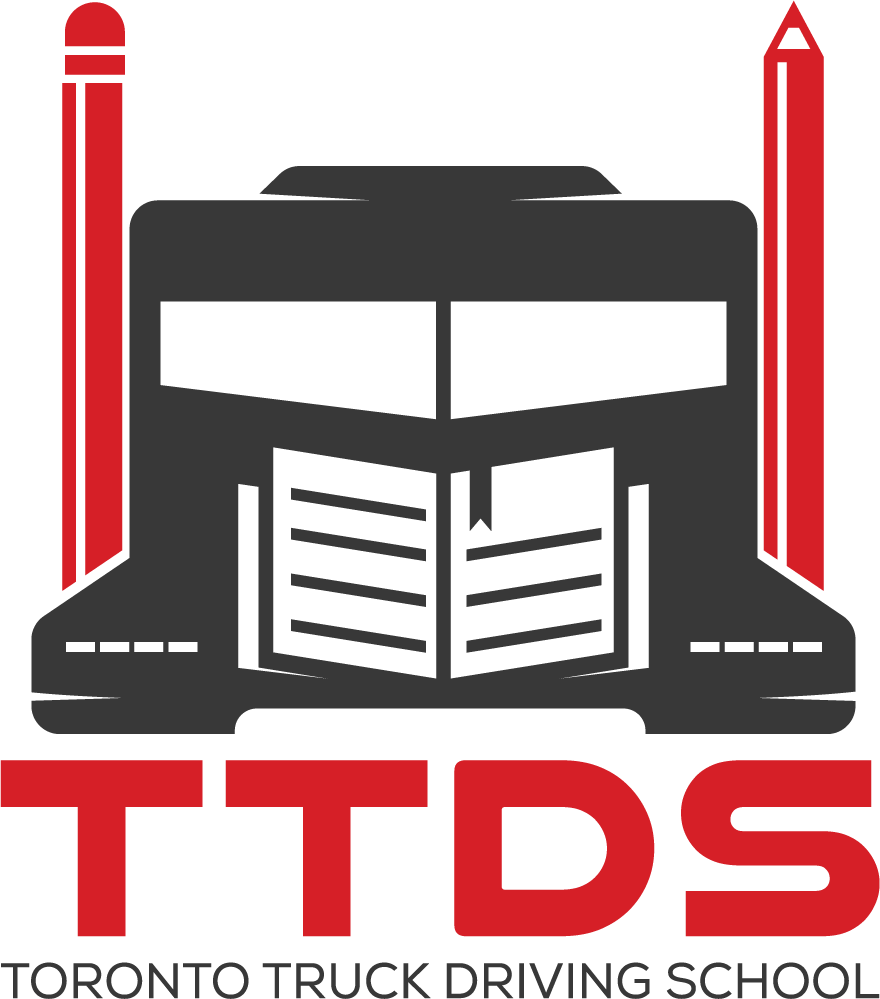Pre-Departure Preparation
Once the sun has risen and the truck is loaded with cargo, it’s time for a truck driver’s pre-departure preparations. These essential steps ensure a smooth and safe journey on the highways and roads.
A pre-departure safety checklist for truck drivers typically includes the following:
- Check tire pressure and condition, including spare tires.
- Inspect brakes for wear and proper functioning.
- Examine lights, including headlights, taillights, turn signals, and brake lights.
- Test windshield wipers and washer fluid.
- Verify the condition of mirrors and adjust them for optimal visibility.
- Ensure the horn is operational.
- Check the condition of the steering system.
- Inspect the suspension and chassis for signs of damage or wear.
- Examine the exhaust system for leaks or damage.
- Secure and properly distribute cargo for even weight distribution.
- Verify that cargo is adequately restrained with straps, chains, or other appropriate restraints.
- Confirm that hazardous materials are properly labelled and secured according to regulations.
- Ensure that the cargo is protected from shifting or falling during transit.
- Check for any leaks or spills from cargo, especially in the case of hazardous materials.
- Verify that all required permits and licenses are up-to-date and on hand.
- Ensure the presence and functionality of emergency equipment, including fire extinguishers, warning triangles, and first-aid kits.
- Test communication devices, such as two-way radios or cell phones, for proper operation.
Even after they hit the road, truck drivers continue to monitor their vehicle’s condition, conducting checks on tires, brakes, lights, and other critical components during rest stops or at designated inspection points. Adherence to regulations is crucial, and drivers must remain compliant with hours-of-service rules, weight limits, and other laws to ensure their safety and the safety of others on the road.
On the Road
With the pre-departure safety checklist completed and the sun illuminating the path ahead, truck drivers embark on their journey, ready to face the challenges and rewards of life on the road. The vast expanse of road stretches out before them, leading to destinations known and unknown. There’s a sense of adventure in the air as the wheels start to turn.
Truck drivers understand that their journey often means spending long hours behind the wheel. The solitude of the cabin provides time for introspection and focus on the task at hand. Staying alert and attentive is paramount, and regular breaks are scheduled to combat fatigue. However, staying on schedule is crucial for meeting commitments and adhering to hours-of-service regulations.
Ontario’s highways can be unpredictable, with fluctuating traffic patterns and ever-changing weather conditions. Truck drivers are skilled at navigating heavy traffic, construction zones, and inclement weather. They rely on experience, patience, and safe driving practices to ensure their safety and the safety of others on the road.
Truck drivers use communication devices like two-way radios or cell phones to stay in touch with dispatchers and fellow drivers. This communication is essential for updates, coordination, and assistance in case of emergencies.
Truck Driver Meals and Rest Breaks
Fatigue is a serious concern in the profession, and breaks provide a chance to recharge physically and mentally. Ontario’s regulations mandate rest breaks to prevent driver fatigue. These breaks are not just for eating but also for relaxation and power naps, typically ranging from 30 minutes to several hours.
Ontario’s highways are dotted with well-equipped truck stops and rest areas strategically placed for drivers’ convenience. These stops offer a sanctuary where drivers can park their trucks, grab a meal, use restroom facilities, and socialize with fellow truckers. Many long-haul trucks are equipped with sleeper berths, providing a comfortable and safe place for drivers to rest during extended breaks. These berths often include a bed, climate control, and other amenities for comfort.
While on the road, truck drivers often face dietary challenges. Fast food and convenience store snacks can be tempting but may not be the healthiest options. Many truckers make a conscious effort to choose nutritious meals and snacks, opting for salads, grilled options, and fresh fruits when available. Some drivers carry their meals or plan ahead, making use of portable cookware or electric coolers to prepare healthier options in their trucks. This saves money and allows for more control over food choices. Truck drivers also carry water bottles and refill them at rest stops to ensure they remain adequately hydrated throughout the journey.
Deliveries and Loading/Unloading
Arriving at the destination is a pivotal moment in a truck driver’s journey. As the truck pulls into the destination, there’s a sense of accomplishment that washes over the driver. The delivery signifies not only a successful trip but also the reliability of the trucker in meeting commitments.
During the process of unloading or loading cargo, truck drivers work closely with warehouse personnel or clients to ensure the safe and efficient transfer of goods. This often involves the operation of forklifts, pallet jacks, or other equipment.
Upon delivery, recipients verify the cargo’s condition and quantity. Once satisfied, they sign off on the delivery receipt as proof of receipt. Drivers may need to provide additional information or clarification if any issues arise. Drivers ensure that bills of lading, delivery receipts, and any other relevant documentation are accurate and properly completed. This documentation is essential for confirming the receipt of goods. After a successful delivery, drivers may coordinate with dispatchers to plan their next route.
If you’ve been inspired by the world of trucking and have dreams of becoming a skilled truck driver yourself, there’s no better time to start your journey. Contact Toronto Truck Driving School today to learn more about our courses and resources and how we can help you get started working toward a fulfilling and prosperous future as a truck driver.


Recent Comments